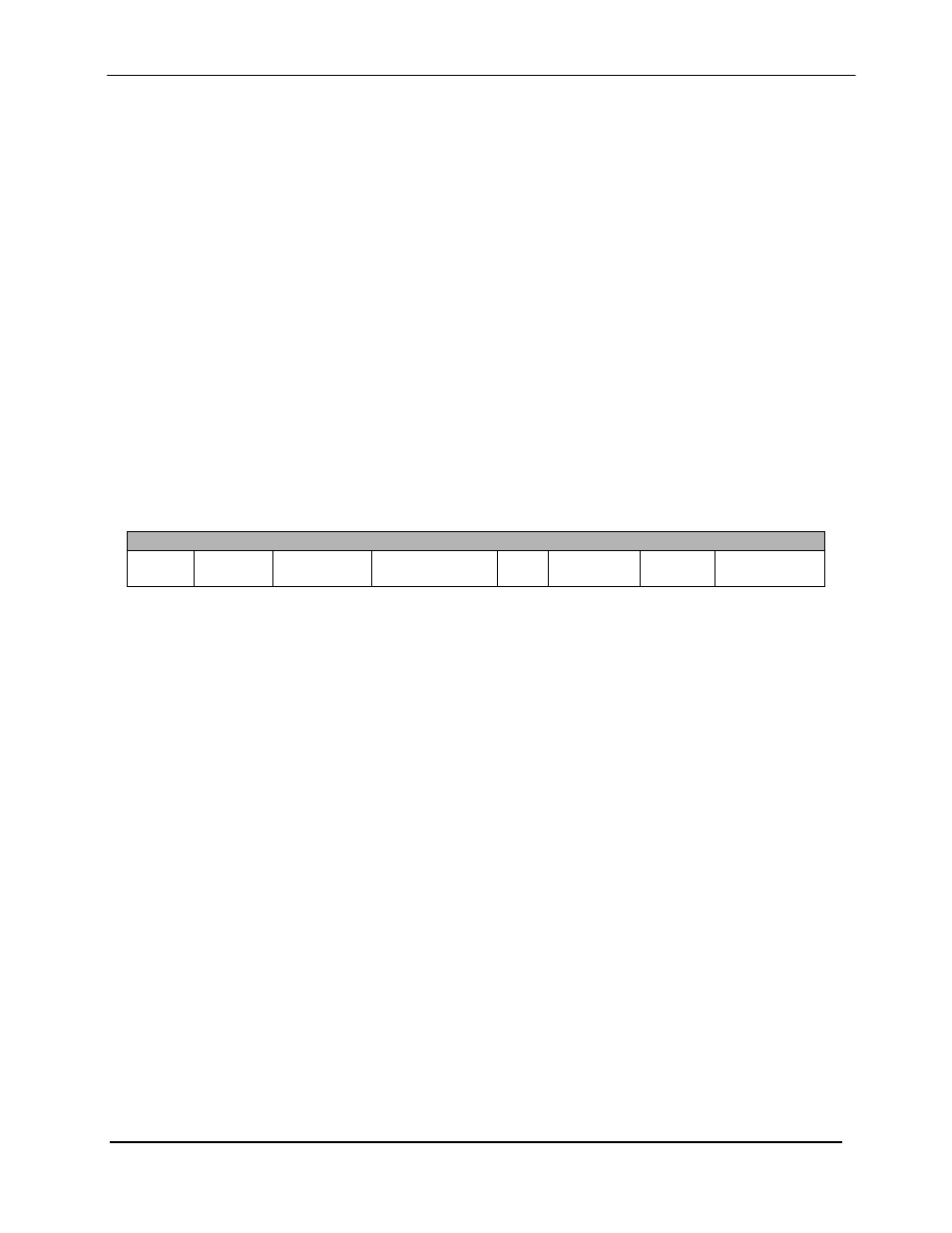Comtech EF Data MD2401 User Manual
Page 49

MD2401 L-Band Multi Demod Installation and Operation Manual
User Interfaces
MN-MD2401
4–17
Revision 7
that a packet sent to it is in the correct sequence relative to the previously received packet, it
computes a local checksum on all information within the packet excluding the
and the
processes the packet and responds to the packet sender with a valid response (acknowledgment)
packet. If the checksum values do not match, the receiver replies with a negative
acknowledgment (NAK) in its response frame.
The response packet is therefore either an acknowledgment that the message was received
correctly, or some form of a packetized NAK frame. If the sender receives a valid
acknowledgment (response) packet from the receiver, the
is transmitted as required by the sender. However, if a NAK response packet is returned, the
sender re-transmits the original information packet with the same embedded
If an acknowledgment (response) packet or a NAK packet is lost, corrupted, or not issued due to
an error and is thereby not returned to the sender, the sender re-transmits the original information
packet; but with the same
packet is acknowledged with a response packet and internally discarded to preclude undesired
repetitive executions. If the M&C computer sends a command packet and the corresponding
response packet is lost due to a system or internal error, the computer times out and re-transmits
the same command packet with the same
an acknowledgment or a NAK packet.
To reiterate, the format of the message block is shown in Table B-4, Link Level Protocol Message
Block.
Table 4-4. Link Level Protocol Message Block
SYNC
COUNT
SOURCE
ADDRESS
DESTINATION
ADDRESS
FSN
OPCODE
DATA
BYTES
CHECKSUM
The RLLP Remote Port Packet structure is as follows:
Message format header character that defines the beginning of a message. The
Number of bytes in the field. (2 bytes)
Identifies the address of the equipment from where the message
originated. (1 byte)
byte)
This byte identifies the message type associated with the information data. The
equipment processes the data according to the value in this field. Return error codes and
acknowledgment are also included in this field. (2 bytes)
<...DATA...>
Information data. The number of data bytes in this field is indicated by the COUNT> value.
character. (1 byte)
